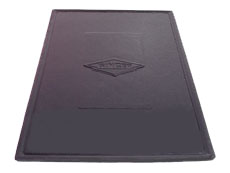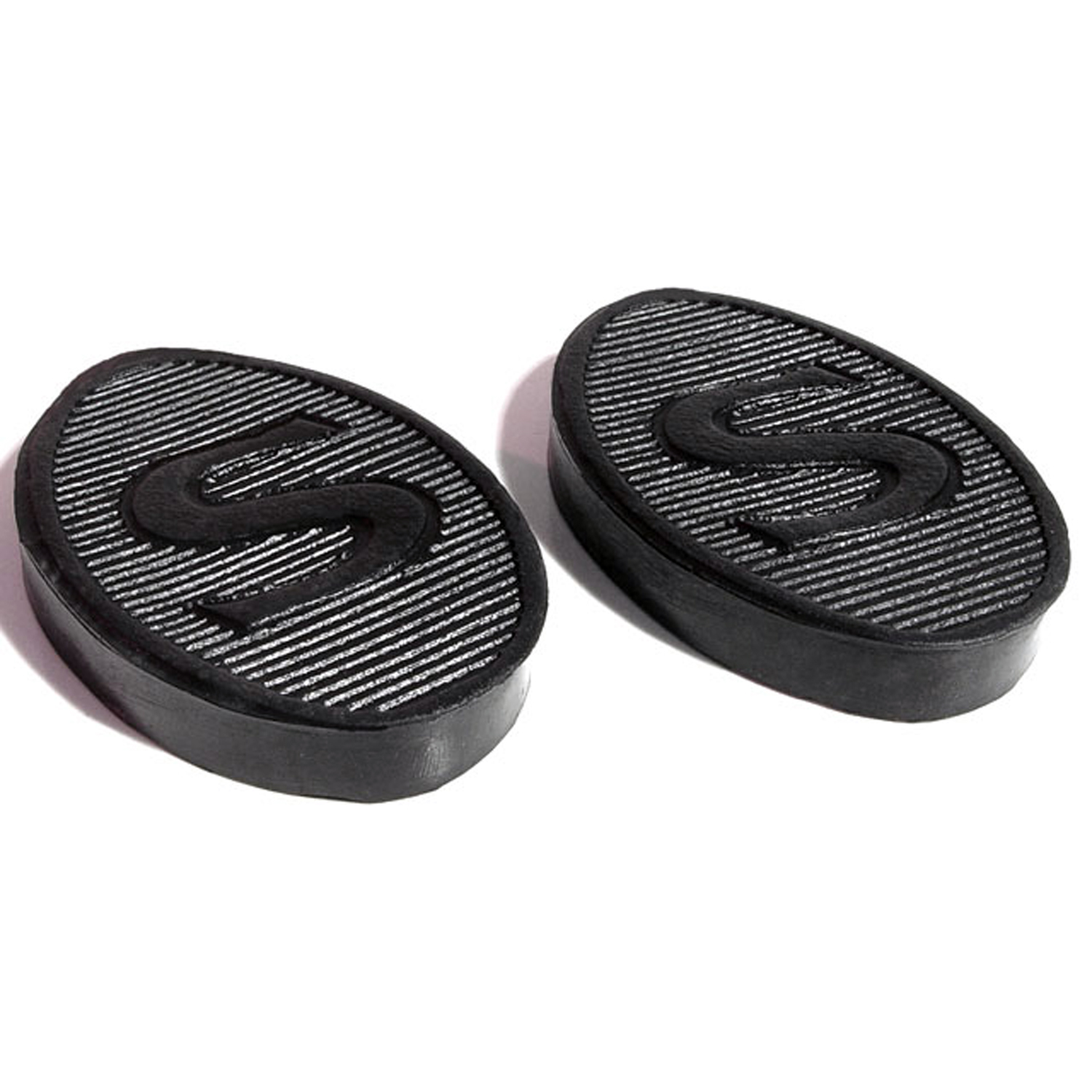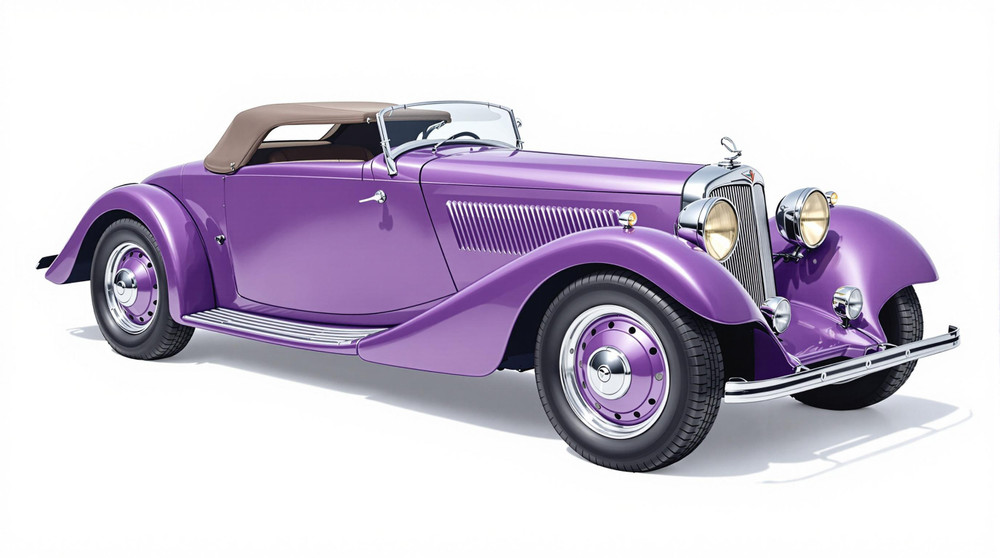Image of 1933 Singer Nine Sports, Note: These illustrations use artistic license and may differ from actual historical models.
Performance Metrics
Fundamental Metrics
Emotional Appeal
MMP Rating
| Engine Specifications | |
|---|---|
| Engine: | 4-cylinder in-line |
| Displacement: | 972 cc |
| Horsepower: | Estimated 30-35 HP |
| Torque: | Not available |
| Compression Ratio: | Not available |
| Ignition System: | Coil ignition |
| Cooling System: | Water-cooled |
| Performance Specifications | |
| 0-60 Time: | Not available |
| 1/4 Mile Time: | Not available |
| Top Speed: | 65 mph |
| Transmission and Drive | |
| Drive Type: | Rear-wheel drive |
| Transmission Type: | 4-speed manual |
| Fuel and Efficiency | |
| Fuel System Type: | Carburetor |
| MPG: | Not available |
| Dimensions and Brakes | |
| Brakes: | Drum brakes |
| Wheelbase: | 90 inches |
| Weight: | 1,500 lbs |
Note: Specifications for classic cars are given to the best of our ability, considering the limited and variant data available.
A Glimpse into the Past: The 1933 Singer Nine Sports
The allure of classic cars often lies in their stories, the craftsmanship they showcase, and the eras they represent. The 1933 Singer Nine Sports is no exception, standing as a testament to pre-war automotive ingenuity. Crafted by the British manufacturer Singer Motors Limited, this vehicle emerged during an era where motoring was transitioning from a luxury to a more accessible pastime. Its unique fact? This model was one of the first to be tested at the renowned Brooklands racing circuit, setting a precedent for performance and style.
Design and Innovation
With its sweeping fenders and a grille that exuded confidence, the exterior of the Singer Nine Sports was both elegant and assertive. The car's open-top design invited onlookers to admire its simplicity and grace, while owners reveled in the exhilaration of open-air motoring. Inside, the cabin was adorned with materials that spoke of quality without ostentation—leather seats and polished wooden dashboards were the norm. For its time, it boasted technological advancements such as a four-speed manual gearbox and hydraulic brakes—a rarity among vehicles of its class. Color options were limited but tasteful, with deep blues and rich greens being popular choices. Of its body styles, the two-seater sports tourer remains iconic, capturing hearts with its blend of performance and poise.
Historical Significance
The Singer Nine Sports didn't just turn heads; it influenced them. Its design language flowed into the automotive narrative of the 1930s, pushing other manufacturers to consider both aesthetics and aerodynamics in their models. It set itself apart with a balance of affordability and performance, making sports car ownership more attainable and leaving an indelible mark on automotive history.
Performance and Handling
Beneath the bonnet lay an eager 972cc overhead-cam engine that propelled the Singer Nine Sports to impressive speeds for its time. While top speed figures hovered around 65 mph, it was the car's spirited acceleration that delighted drivers, reaching 50 mph from a standstill in an admirable timeframe. On winding roads or when navigating bumps, the vehicle maintained composure—a harmony of engineering that provided tactile feedback through its steering wheel and pedals. Driving this car was not merely about travel; it was about experiencing every nuance of the journey.
Ownership Experience
The Singer Nine Sports found its place in various roles—from a reliable daily driver to a weekend showpiece or even as a competitive racer in amateur events. Maintenance required a hands-on approach typical of vehicles from this period, but its mechanical simplicity meant that repairs could often be managed by enthusiastic owners themselves. Reliability was commendable for its era, though modern standards would deem it high-maintenance.
Fun Facts
This classic has seen its share of limelight with rare editions sought after by collectors and celebrity enthusiasts alike. While not known for breaking speed records, it held its own in endurance trials and reliability runs. Criticisms were few but pointed towards limited weather protection—a small price for such open-top elegance.
Collector's Information
Today, estimating exact production numbers is challenging; however, several thousand units were likely produced. As for value range, pristine examples can fetch anywhere from $30,000 to $60,000 at auction or private sale—subject to provenance and condition. The market has seen a steady appreciation for well-maintained models as collectors seek out these pre-war gems.
Conclusion
The 1933 Singer Nine Sports is more than just a classic car; it's a piece of motoring heritage that encapsulates the spirit of an era where driving was beginning to be enjoyed by many. Its blend of style, innovation, and performance continues to resonate with enthusiasts around the world—a true jewel in the crown of British automotive history.
1933 Singer Nine Sports Catalog of Parts
 1933 Singer NINE SPORTS Accessory Floor Mat - 12"X17"-AC 48Accessory Floor Mat - made of high quality black rubber with molded original emblem. Also designed to be sewn into new carpets. 12"X17", Each
1933 Singer NINE SPORTS Accessory Floor Mat - 12"X17"-AC 48Accessory Floor Mat - made of high quality black rubber with molded original emblem. Also designed to be sewn into new carpets. 12"X17", Each 1933 Singer NINE SPORTS Clutch and Brake Pedal Pads. 1-3/4" wide X 3" long. Pair-CB 98Clutch and Brake Pedal Pads. 1-3/4" wide X 3" long. Pair
1933 Singer NINE SPORTS Clutch and Brake Pedal Pads. 1-3/4" wide X 3" long. Pair-CB 98Clutch and Brake Pedal Pads. 1-3/4" wide X 3" long. PairWhy Choose Metro?
For over 100 years, Metro Moulded Parts has been the pinnacle of quality in classic car restoration parts. Our commitment to precision and authenticity in every component ensures a perfect fit and an OEM-level appearance.
- Expert Craftsmanship & Quality: Each part is a testament to our dedication to reliability and perfection, crafted from original designs and thoroughly tested.
- Advanced Technology: We use cutting-edge techniques to create flawless, long-lasting parts that surpass others in performance.
- SuperSoft Sponge – The Ultimate Door Seal: Not only are our door seals 30% softer than competitors', but they're also guaranteed to never leak. They effectively reduce wind and road noise, enhancing your classic car's comfort and driving experience.
- Proudly American: Our parts are a product of American craftsmanship, made in the USA with a spirit of excellence and heritage.
- Unrivaled Warranty: We back our products with a 30-year industry-leading warranty, a testament to our confidence in their quality.
Join us in preserving the legacy of classic cars with parts that are crafted for perfection, not just made.

